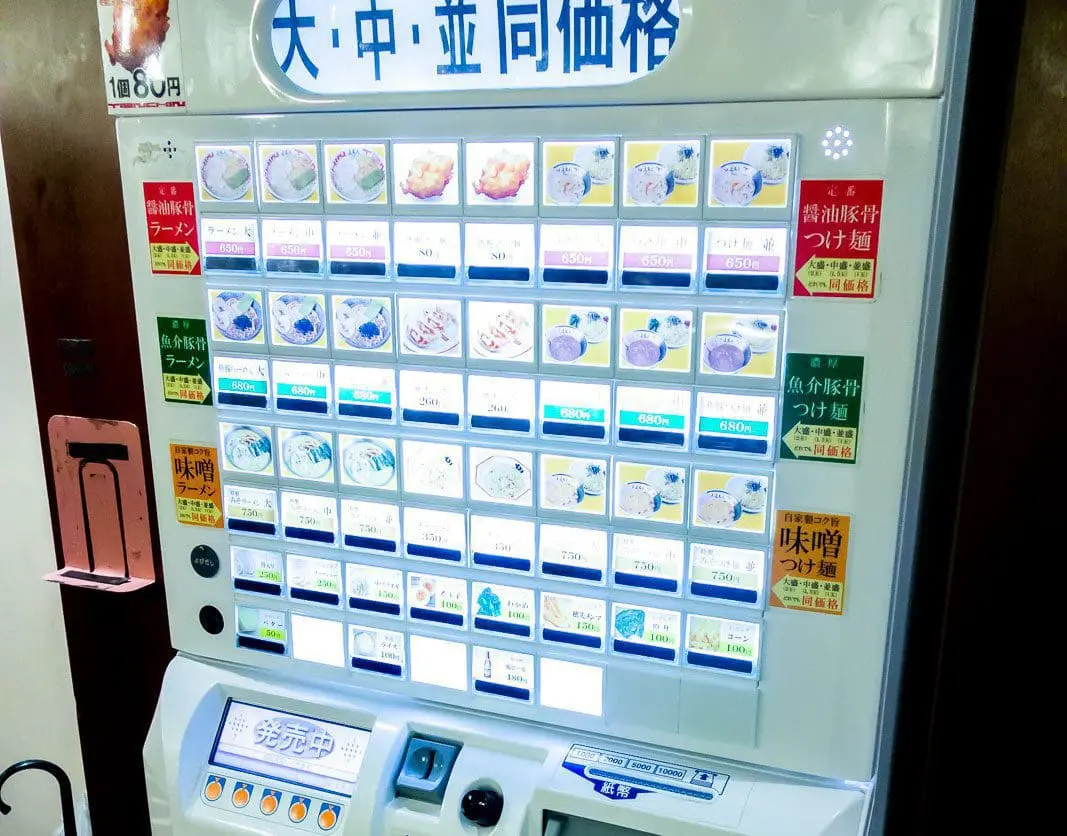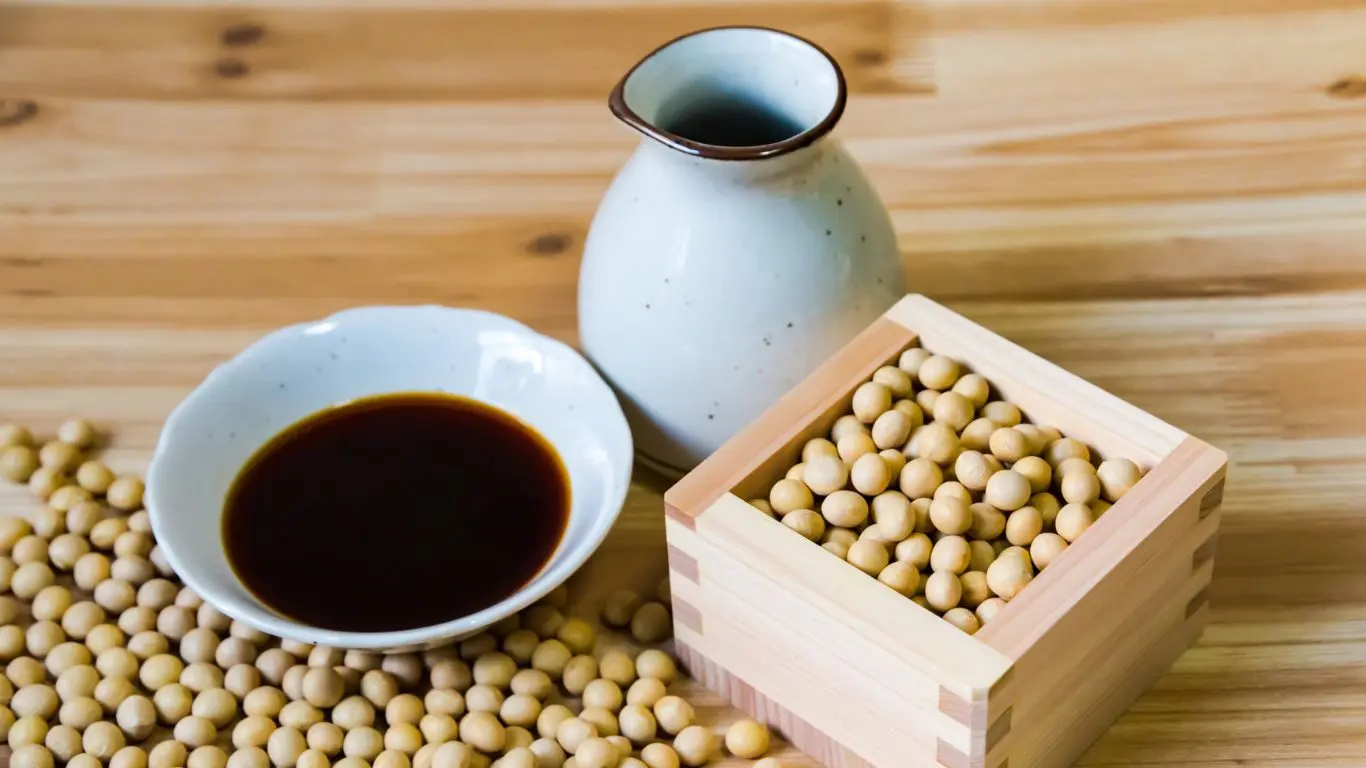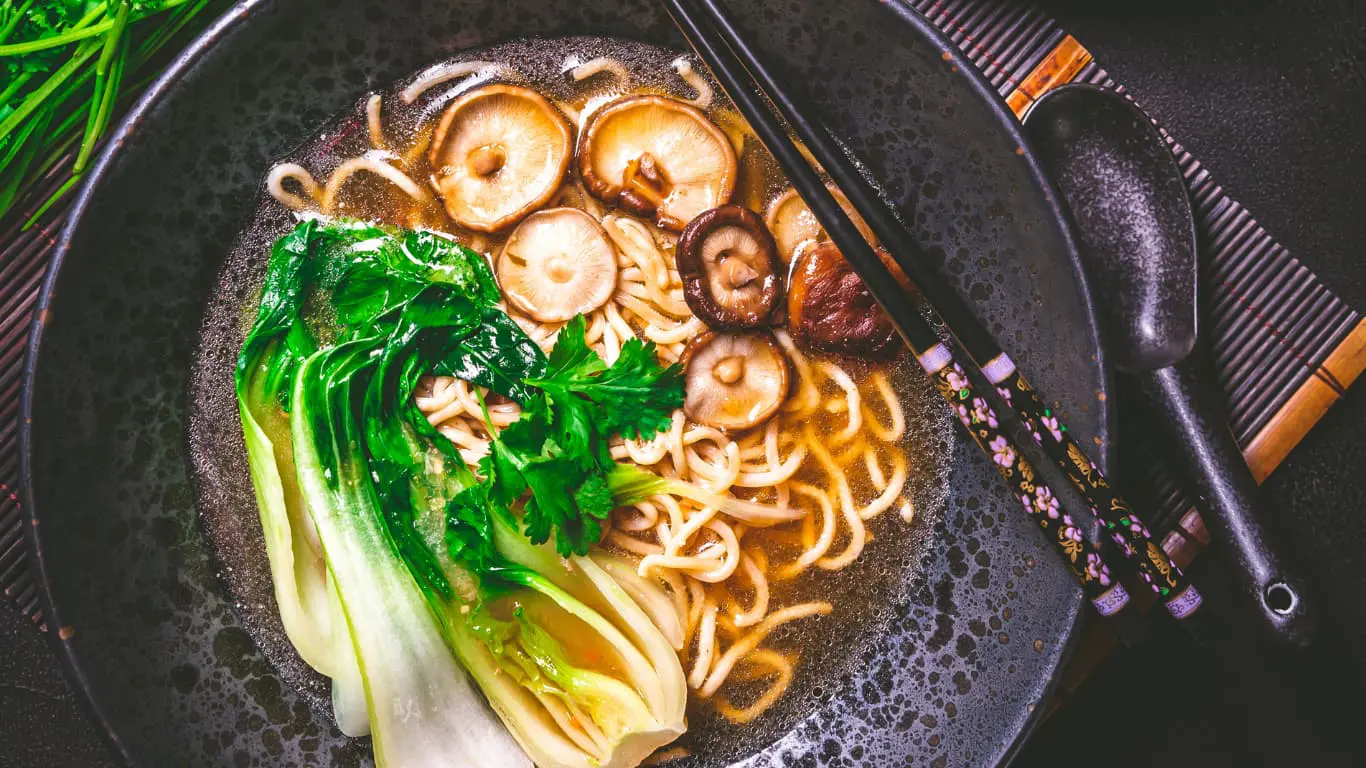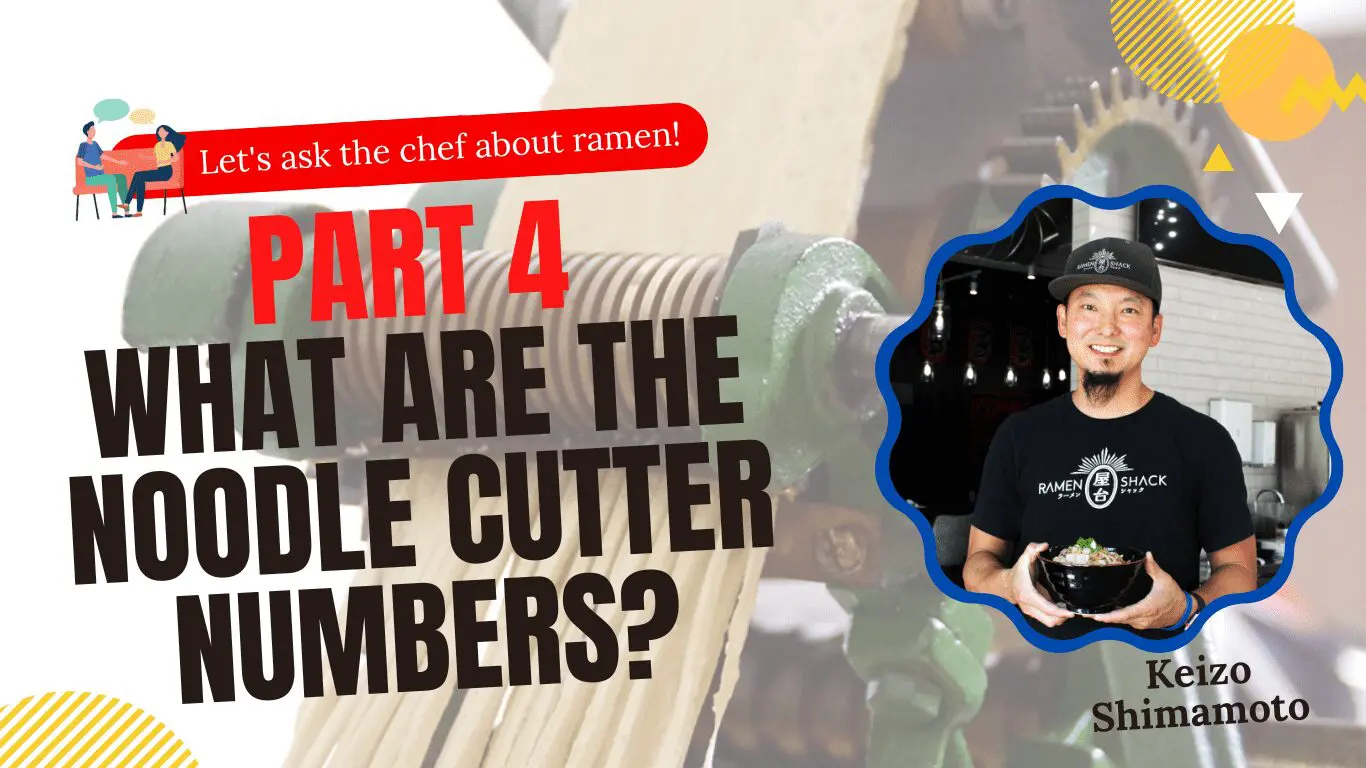“Are these bad manners?” Discussing the Ramen-Eating Etiquette
Published: Jan 5, 2022/ Last Updated:Apr 1, 2022
- 9 min read
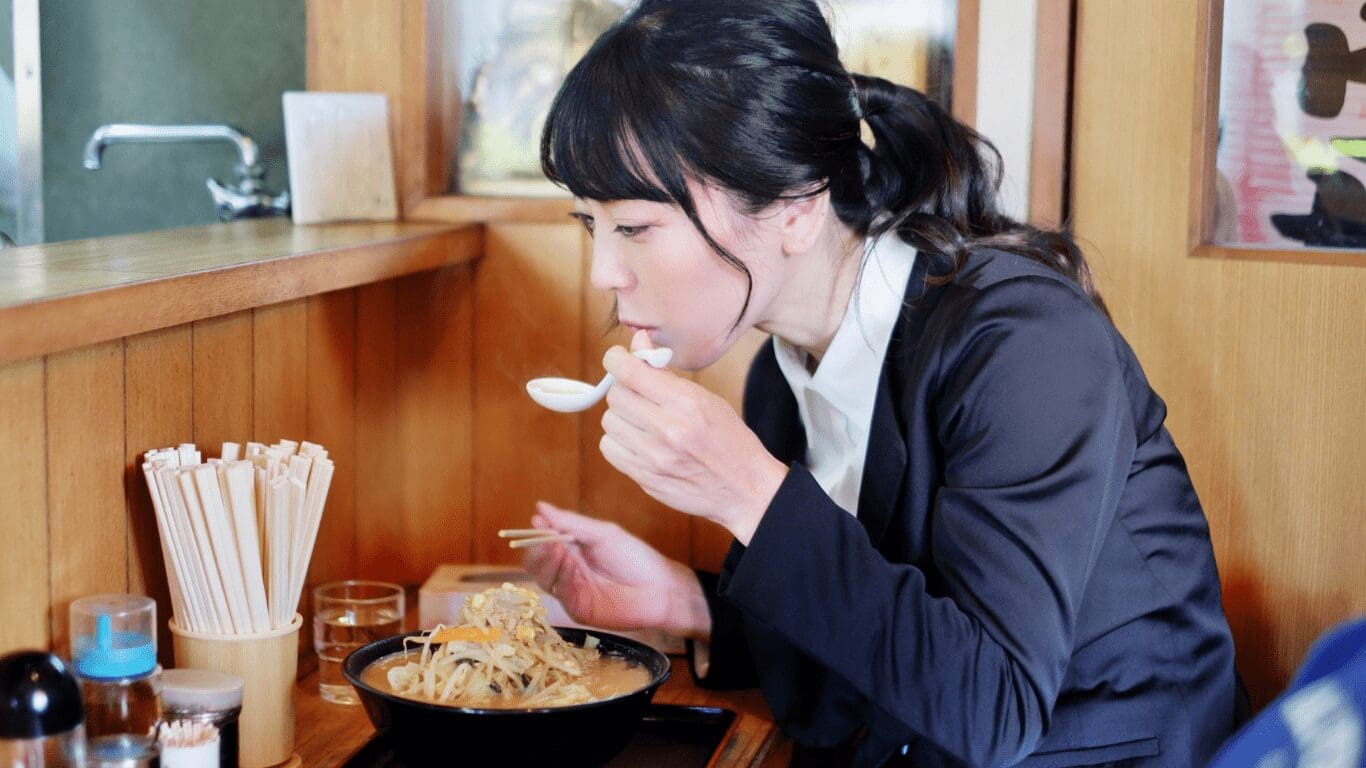
In recent years, the number of ramen restaurants in the U.S. has increased at a rapid pace, triggered by the ramen boom that occurred in the late 2000s. There are about 1,500 ramen restaurants in the U.S. (Reference: Ramen Restaurants in the US – Industry Data, Trends, Stats | IBISWorld), which means there are more opportunities to eat authentic ramen at restaurants than ever before. In such situations, the proper dining etiquette for ramen may be a topic of concern. One great example is slurping the noodles. It’s considered bad manners to slurp in the U.S. but is considered the norm in Japan. There are other manners that raise eyebrows, making people wonder, “Do I really need to follow these rules?” In this article, we’ll be introducing and explaining several ramen etiquettes, clarifying questions such as, “Do I eat the noodles or the soup first?” or “Do I drink all the soup?”
- Index
- Is There Such a Thing as Proper Ramen-Eating Etiquette?
- Tips on How to Eat Ramen Well
- Is it Bad Manners to Slurp Up Noodles?
- Manners to Be Aware of at Ramen Restaurants in Japan
- Conclusion
■ Is There Such a Thing as Proper Ramen-Eating Etiquette?
In 1985, a movie about ramen called “Tampopo” was made in Japan. The film introduces a teacher who instructs one character (played by a young Ken Watanabe) on how to eat ramen. The manners that he teaches are so hilariously detailed that you may be surprised (if you haven’t seen it yet, please watch the YouTube video below).
Of course, what is described in the film is an exaggeration. However, we can’t dismiss the instructions entirely. If you’re even a little bit particular about ramen, you probably follow your own rules like “eating ramen while paying attention to the ratio of noodles to soup” or “submerging the chashu in the soup to let the flavor soak in”. I’m sure that many people have their own unique dining styles, especially in Japan, as ramen is loved by the Japanese people as a national dish. So are there particular rules we need to follow when eating a bowl of ramen?
The answer to that question is, “you should eat ramen in any way you like”. Whether you eat the noodles or the soup first, drink the soup from a spoon or directly from the bowl, drink all of the soup or not, even the order in which you eat the toppings, are all up to you! Ramen was originally created as a casual fast food, so there are no formal rules to it. As mentioned above, there are many people who eat ramen with various particularities, but it’s a breach of etiquette to force such manners on others (of course, there are minimum manners to avoid disturbing others, which will be introduced later).
However, there’s one rule of thumb you should follow and that is to eat your ramen quickly while it’s still hot and fresh. Ramen is at its best the moment it’s served, and the longer it sits, the more the noodles absorb the broth and become soggy, losing its flavor. Once the ramen you ordered is ready, you should concentrate on savoring the delicious dish in that moment. This is why ramen is unfortunately not a good choice for eating while chatting.
■ Tips on How to Eat Ramen Well
As previously mentioned, there are no specific manners when it comes to eating ramen, but there are a few tips that you should be aware of when enjoying the dish. You wouldn’t necessarily be shamed for not following them, but keeping them in mind will help you have a better experience when eating ramen.
- Tie up long hair
For example, those with long hair risk having it touch the soup while eating. Hair dipping into the soup is unsanitary. To avoid this, it’s a good idea to prepare a hair tie so that you can tie your hair up.
- Prevent soup from splashing
Those who are not used to slurping noodles often end up splattering the soup when they try to slurp staining your freshly-cleaned white shirt is no fun. It’s not too bad if the damage is only to yourself, but there’s a risk of splashing soup onto others around you. If you’re not used to slurping ramen, try taking fewer bites or put the noodles on a spoon before slurping.
- Don’t use tabletop seasonings without tasting the served soup first
When you sit down at a table in a ramen restaurant, you will often find pepper and various other seasonings on the table. However, we recommend that you first taste the ramen soup as is before adding any other flavors to it. In many ramen restaurants, the ramen is served in the state that the chef considers to be the best seasoning, so be mindful of this before adding anything to it.
■ Is it Bad Manners to Slurp Up Noodles?
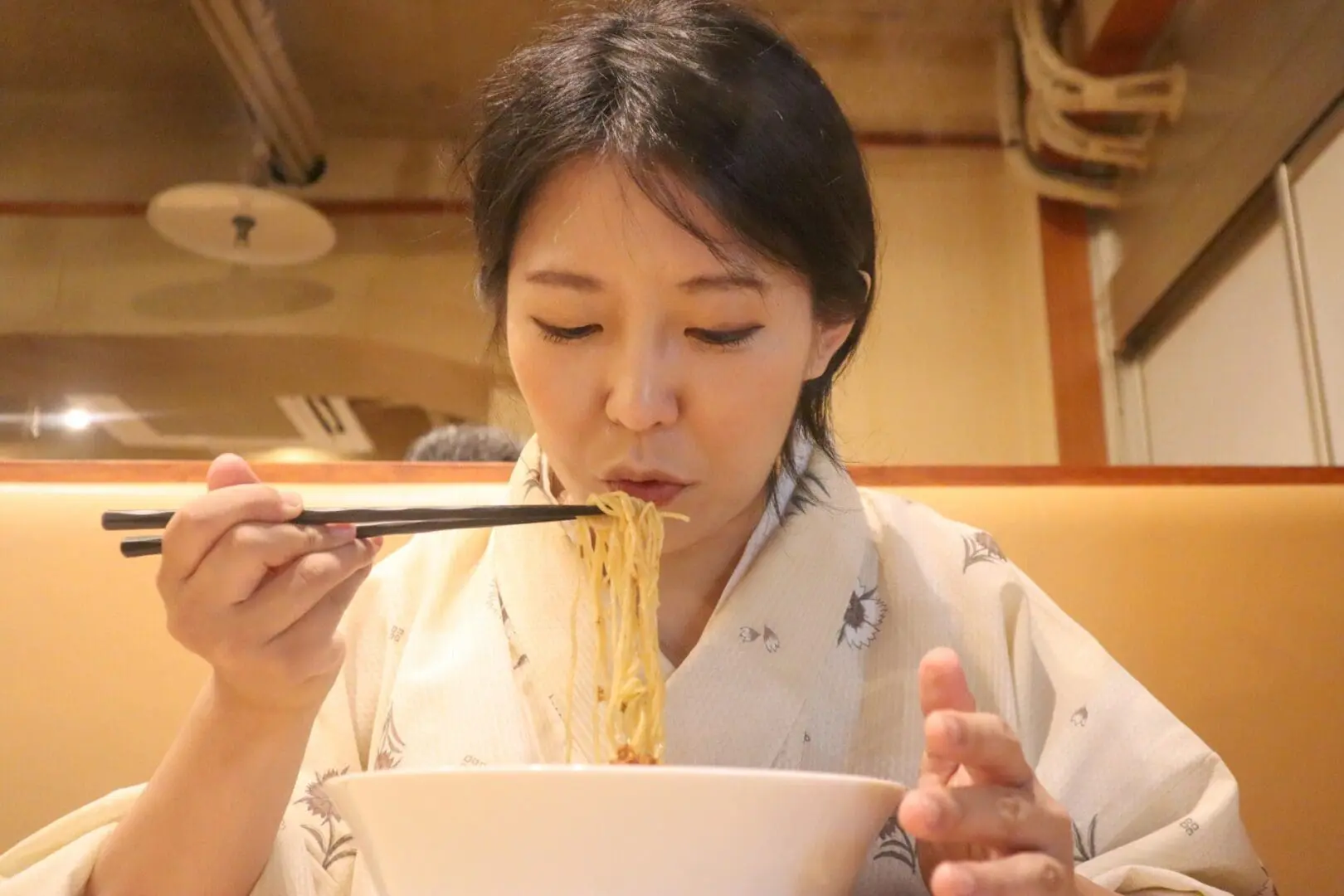
To Americans, one of the most bizarre Japanese eating habits is probably the act of slurping noodles, which is considered to be bad manners in Western cultures. Why do Japanese people, who are generally known for their politeness, have no qualms about making noise while eating ramen? Some people may raise their eyebrows, but there’s actually a historical background to it and scientific evidence to support it.
Let’s start with the historical background. In the Edo period (1603-1868), soba (buckwheat noodles) became a popular menu item for people because of its excellent nutritional value. However, the flavor of soba is very subtle, and in order to fully enjoy the dish, it was necessary to slurp the soba with air so as to taste the flavor through the nose as well as by the mouth. Therefore, it is thought that people in the Edo period naturally learned the technique of slurping soba in order to fully enjoy its flavor. Soba in the Edo period used to be considered as fast food served at food stalls. It’s believed that the method of slurping noodles was invented to eat and satisfy hunger quickly. We must also take into account that these eating habits were formed before the Western culture of eating with a spoon was introduced in Japan, explaining why slurping culture has been deeply rooted in this country. Over time, the act of slurping noodles became a unique Japanese food custom and was adapted to enjoy the flavors of not only soba but other noodle dishes as well, such as ramen.
Next, let’s talk about the scientific evidence, which is related to tasting the flavors in the mouth. In fact, humans have two olfactory pathways: orthonasal and retronasal smell, where orthonasal smell is the olfactory sensation produced by the nose, and retronasal smell is the flavor sensation produced when exhaling from the mouth. The act of slurping noodles is synonymous with tasting the flavors through the retronasal smell, which allows us to enjoy the food more deeply than if we were to rely solely on our sense of smell through the nose. Retronasal smell is also applied in wine tasting (you may have seen the tasting method of inhaling wine and air noisily). Some experiments conducted in the past compared the same soup sipped with a spoon and directly from a mug, showing that the flavors of the latter were more strongly perceived.
Additionally, slurping noodles expose the noodles to a moderate amount of air before they enter the mouth, allowing the hot noodles to cool down for a speedier meal. This is a very suitable way to eat ramen quickly while it still retains its deliciousness.
Due to the reasons above, the act of slurping noodles is welcomed in Japan. However, it’s also true that many people in the U.S. do not feel comfortable making noise while eating. Therefore, before slurping your ramen noodles, make sure that the people in the seats next to you and those around you aren’t uncomfortable with the sound of slurping. Additionally, although “slurping noodles” is a great way to eat ramen, it’s not the only way. Ramen is a casual food, so you can eat it any way you like. If you’re not used to slurping noodles or don’t like hot food, it’s recommended to use a spoon when eating ramen. If you aren’t used to using chopsticks, you can of course request a fork from the waitress.
If you’re curious about how to slurp noodles, just think of it being similar to sucking water through a straw. The trick is to find the right amount of noodle to slurp and to exhale through your nose while slurping.
One last point: making too much noise during a meal is a breach of etiquette, even for Japanese people who have the habit of slurping up noodles, so make sure you take caution.
■ Manners to Be Aware of at Ramen Restaurants in Japan
Next, we’ll introduce some interesting manners that are unique to Japanese ramen restaurants. If you have a chance to visit Japan, you can refer to some of the points below. In the future, some of these may even become common etiquette in the U.S.
- Line up quietly
If you plan to visit some popular ramen restaurants in Japan, you’ll probably encounter having to stand in line before entering the restaurant. While waiting, stay quiet to avoid disturbing neighboring stores and residents. It’s also frowned upon for someone to hold a spot in line for multiple people to join in later.
- Use the ticket vending machine to purchase tickets quickly
In Japan, restaurants often use ticket vending machines near the entrance as an efficient method to move guests in and out quickly. You can select what you want to eat from the menu in advance and pay beforehand. However, if it’s your first time at the restaurant, you may be confused or unsure about what to choose. In that case, you can often find the restaurant’s recommended or standard menu in the upper left corner. Many places don’t accept large bills such as 5,000-yen and 10,000-yen bills, so be sure to break the bills beforehand.
- Sit separately from your group if needed
Ramen restaurants in Japan are often small with limited space, so if you and your group visit a restaurant when it’s crowded, you may not be able to get seats next to each other. In that case, instead of waiting until a table is available for the whole group to sit next to each other, and to save the waiters the trouble, be seated individually in the order of availability.
- Leave the restaurant as soon as possible when you’re done eating
As mentioned above, ramen restaurants in Japan don’t have a lot of space. Therefore, it’s expected of customers to help with the turnover rate of the restaurant by leaving their seats as soon as they finish their ramen.
- Let’s try and say “Gochisosama”
When you finish eating your ramen, express your gratitude to the chef of the restaurant by saying “Gochisosama” when you leave. Even if you don’t say it, you won’t be shamed (some Japanese people don’t say it either), but it doesn’t hurt to express appreciation to the staff. The word “Gochisosama” has deep roots in the culture, but it’s rare for Japanese people to use the word with a true understanding of its origin. So, feel free to say “Gochisosama” to the restaurant staff that prepared your meal as a token of your appreciation.
■ Conclusion
In this article, we discussed the various manners surrounding ramen. In conclusion, we can say that ramen is a casual food, and as long as you don’t bother those around you, you can practically eat it however you’d like. This casualness is one of the reasons why ramen has become such a popular menu item in America. So, let’s continue to enjoy ramen in the style that suits us best!
Finally, the next time you have a chance to eat ramen at a ramen restaurant, try saying “Gochisosama” to the staff when you leave. If the staff is Japanese, you’ll surely be glad you did!
Reference links:
Ramen Restaurants in the US – Industry Data, Trends, Stats | IBISWorld
5000杯食べたマニアが解説!ラーメン店での注文方法とマナー集 | MATCHA RAMEN MAGAZINE
はねない、汚れない! らーめんのきれいな食べ方をマスターしよう|らーめんの幸楽苑がおくるライフスタイルWEBマガジン
Rude Abroad but Fine in Japan – The Top Reasons Why Japanese People Slurp their Noodles | tsunagu Japan
‘Isn’t That Rude?!’ The Weirdly Complex Background Behind Noodle Slurping | LIVE JAPAN travel guide
How to Eat Ramen in Japan – Etiquette and Unspoken Rules
What You’re Doing Wrong When You Eat a Bowl of Ramen – Bloomberg
What not to do when eating noodles | Jetstar
Ramen Etiquette and Rules: How to Enjoy the Japanese Way – Umami Insider
A Cultural History of Noodle Slurping | Nippon.com
HOW TO EAT RAMEN: MAN, I’M HAVING THE MOST AMAZING EXPERIENCE – APEX S.K.
Itadakimasu and Gochisousama – Learn Japanese Manners – VOYAPON
香りのサイエンス|ファーネットマガジ
Watch a Chef Demonstrate the Proper Way to Eat Ramen – Eater
It’s Not Rude — Slurping Makes Food Taste Better | Discover Magazine

